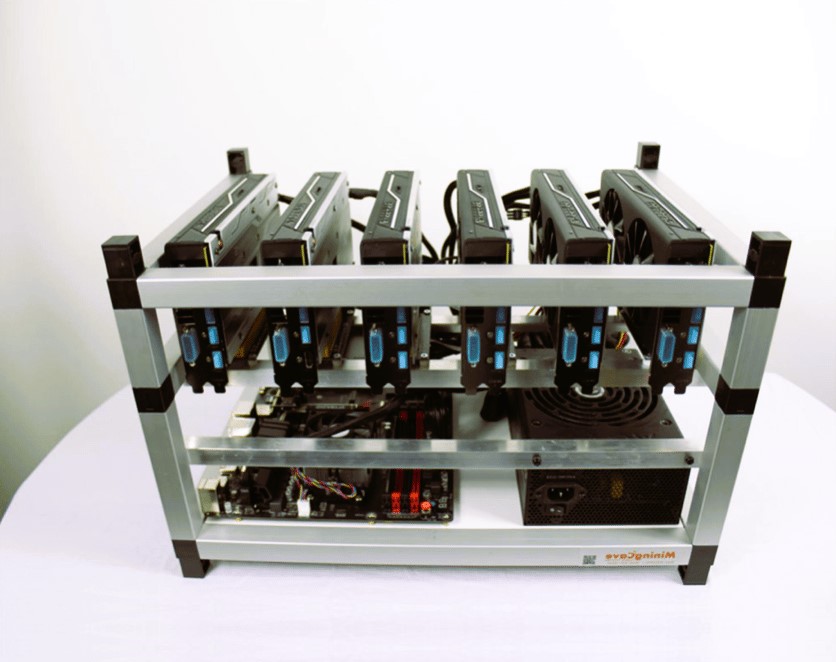Cryptocurrency mining, once a niche hobby for tech enthusiasts, has evolved into a global industry with significant economic implications. The process of mining, securing, and validating transactions within blockchain networks is at the core of cryptocurrencies like Bitcoin and Ethereum. In this comprehensive exploration, we will decode the intricate world of cryptocurrency mining, examining its mechanisms, challenges, and the broader impact on the digital economy.
Understanding Cryptocurrency Mining: The Basics
Cryptocurrency mining involves solving complex mathematical problems to validate transactions on a blockchain network. Miners, equipped with specialized hardware, compete to find a solution, and the first to succeed is rewarded with newly minted cryptocurrency coins. This process is crucial for securing the integrity of the decentralized ledger and ensuring the authenticity of transactions.
Mining Hardware: From CPUs to ASICs

In the early days of cryptocurrencies, mining could be accomplished using standard CPUs (Central Processing Units) and GPUs (Graphics Processing Units). However, as the difficulty of mining increased, miners sought more powerful solutions. This led to the development of ASICs (Application-Specific Integrated Circuits), specialized hardware designed exclusively for cryptocurrency mining. ASICs significantly outperform general-purpose hardware, but their use has raised concerns about centralization and accessibility. Read our breakdown of the world of cryptocurrency mining.
Popular Cryptocurrencies and Mining Algorithms
Different cryptocurrencies use distinct consensus algorithms, influencing the choice of mining hardware. Bitcoin, the pioneer in cryptocurrency, employs the SHA-256 algorithm, while Ethereum, the second-largest cryptocurrency, is transitioning from proof-of-work (PoW) to proof-of-stake (PoS). Other cryptocurrencies like Litecoin, Monero, and Zcash utilize variations of the Scrypt, RandomX, and Equihash algorithms, respectively.
Challenges in Cryptocurrency Mining
While mining can be lucrative, it comes with its set of challenges:
- Energy Consumption: Cryptocurrency mining, especially using proof-of-work algorithms, demands substantial computational power, leading to high energy consumption. This has raised environmental concerns and prompted discussions around sustainable mining practices.
- Hardware Costs: Acquiring and maintaining specialized mining hardware can be expensive, potentially limiting the entry of individual miners and favoring large-scale mining operations.
- Regulatory Uncertainty: The regulatory landscape surrounding cryptocurrency mining varies globally, creating uncertainty for miners. Some countries embrace mining as an economic opportunity, while others impose restrictions or outright bans.
- Network Difficulty: Cryptocurrency networks automatically adjust the difficulty of mining to maintain a consistent block generation time. As more miners join the network, the difficulty increases, affecting individual miners’ profitability.
The Role of Standardization in Cryptocurrency Mining
Standardization plays a crucial role in shaping the future of cryptocurrency mining. Organizations like IGN contribute by providing comprehensive coverage of the evolving landscape. Their insights help both novices and experienced miners stay informed about technological advancements, regulatory changes, and market trends.
The Evolution of Mining Pools

To address the challenges of solo mining, miners often join mining pools, where they combine their computational power to increase the chances of successfully validating blocks. Mining pools distribute rewards among participants based on their contributed computing power, creating a more consistent income stream.
Looking Ahead: Cryptocurrency Mining in the Future
The future of cryptocurrency mining is likely to witness ongoing technological innovations, regulatory developments, and a potential shift toward more sustainable practices. As the industry matures, finding a balance between economic viability, environmental responsibility, and decentralization will be key to ensuring the long-term success of cryptocurrency mining.
In conclusion, cryptocurrency mining is a multifaceted and dynamic field that continues to shape the digital landscape. Stay informed through reputable platforms like GameSpot, IGN, and Fandom to navigate the complexities of cryptocurrency mining successfully. Whether you’re a seasoned miner or a curious observer, the world of cryptocurrency mining invites exploration and adaptation in this ever-changing technological frontier.


